The roots of an ancient art
Imagine yourself, a thousand years ago, sitting around a campfire in a Vietnamese village. Voices rise, melodious, telling stories and emotions through sung poems called "ca dao." This is how our exploration of the fascinating universe of Vietnamese poetry begins, a world closely linked to oral tradition and folklore.
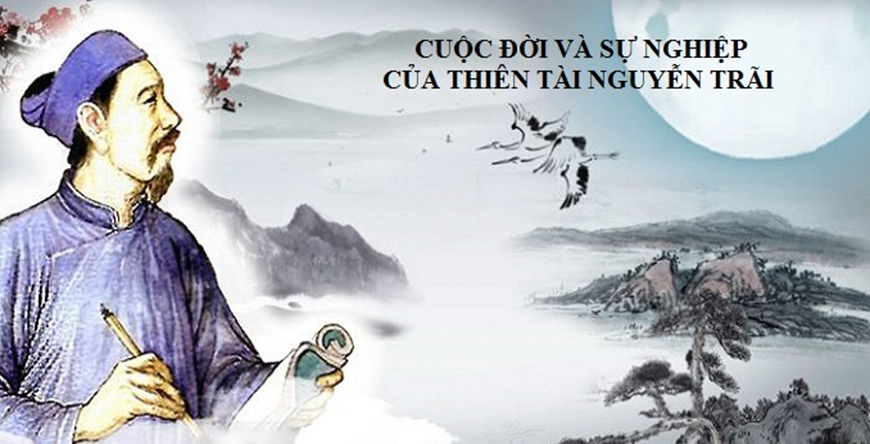
Illustration for the "Life and Career of Nguyen Trai" - Source : Internet
The "ca dao": The voice of the people
Ca dao, these orally transmitted folk songs, carry the voice of the Vietnamese people. The term "ca" means "to sing" and "dao" means "song" or "tune." Together, "ca dao" can be translated as "folk songs" or "sung poems." Mostly anonymous, they use simple and accessible language, reflecting everyday life with rhythm and rhyme. Whether it's about love, family, nature, or popular wisdom, these brief sung poems have long been used to educate, entertain, and express feelings.
Ca dao are distinguished by their rhythm and rhyme, making them easy to memorize and sing. They come in various forms, such as the lục bát, which alternates lines of six and eight syllables, or dialogue songs, often full of wit. Through these verses, universal themes are addressed: love, family, agricultural work, and popular wisdom, contributing to the transmission of essential values.
Today, although ca dao has lost some of its presence in modern life, it remains a cultural treasure. It is studied in schools, found in contemporary literature, and sometimes finds its place in music. Poets like Nguyễn Khuyến, Hồ Xuân Hương, or Nguyễn Đình Chiểu have been influenced by this tradition, incorporating its spirit into their works.
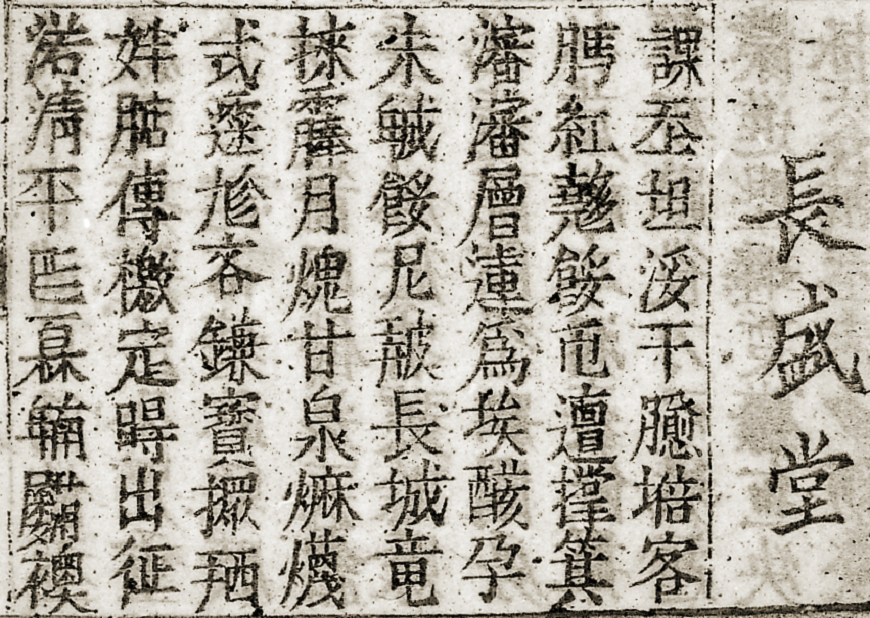
"La complainte d'une femme de guerrier" - Source : © BNF
Note about this illustration : The "Chinh phu ngâm" - The lament of a warrior's wife -was written in Sino-Vietnamese at the beginning of the Canh Hung era (1740-1786) by -Dang Trân Côn. This copy is kept at the National Library of France (BnF). The upper register gives the original text of the poem in Sino-Vietnamese in Chinese characters and the lower register (here) the Vietnamese version in demotic nôm characters.
The Arrival of Ideograms: A Poetic Revolution
In the 10th century, the introduction of Chinese ideograms marked a decisive turning point, enriching Vietnamese poetry with a new written dimension. This gave birth to a classical literature, where figures like Nguyễn Trãi, a patriotic poet, expressed their love for the country through lyrical and profound verses. Heavily influenced by Chinese forms and styles, poetry was not only written in Chinese characters, but also followed Chinese prosody rules, like the lüshi (regulated poem) and the jueju (quatrain).
The Golden Age of Classical Poetry (10th - 19th centuries)
After gaining independence from China in 939, Vietnam entered a flourishing period for its literature and poetry. This period, spanning from the 10th to the 19th century, is considered the golden age of classical Vietnamese poetry.
Distinctive poetic forms emerged: Lục bát (six-eight), a form that became one of the most emblematic in Vietnamese poetry. It alternates lines of six and eight syllables, creating a fluid and melodious rhythm that suits the tonal Vietnamese language well. Lục bát is often used in epic and narrative poetry. The song thất lục bát takes a more complex form, combining pairs of seven-syllable lines (song thất) with traditional lục bát. This form is often used for more elaborate or philosophical subjects. Then comes hát nói, literally "spoken song." It is a form of sung poetry that combines elements of traditional music with poetry. It is particularly popular in northern Vietnam.
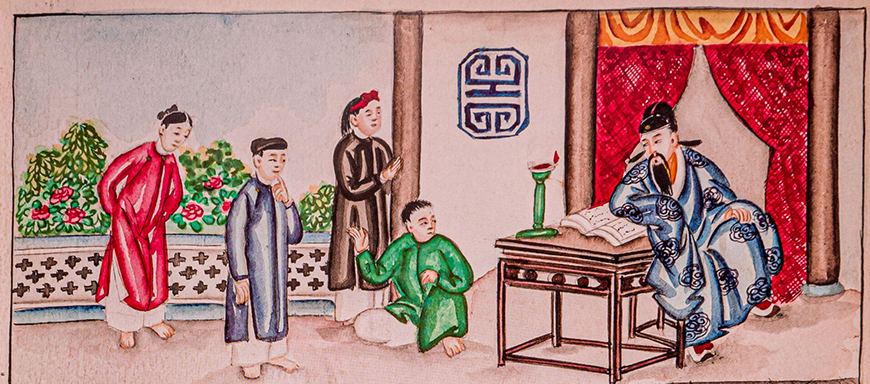
A section of the artwork that goes with the Luc Van Tien poem - Source : BULAC
Note about this illustration : BULAC is carrying out a cataloging project of the ancient Vietnamese collection, which makes it possible to identify and promote the works in Hán-nôm acquired by the Library of Oriental Languages since its foundation. During her mission, Thi Hai Nguyen, collection manager for the Vietnamese domain, discovered a previously unpublished version of Lục Vân Tiên (Story of Lục Vân Tiên), a Vietnamese epic poem, composed between the years 1851 and 1859 by Nguyễn Đình Chiểu (1822-1888). This illustration is taken from this work. Learn more (in French) : La découverte d’une version inédite du Lục Vân Tiên
Two Giants of Classical Poetry
Nguyên Trai (1380-1442): The Master of the Epic
Born in 1380 in Hải Dương province and into a family of Confucian scholars, he received a classical Confucian education. He was a military advisor - playing a crucial role alongside Lê Lợi in the rebellion against the Ming Chinese occupation (1418-1427) - a strategist (he authored the "Great Proclamation for Pacifying the Ming," a masterpiece of diplomacy and strategy), and a mandarin.
Considered one of the founders of national literature, Nguyen Trai is also recognized as a national hero, and his work continues to inspire Vietnamese writers and patriots. An emblematic figure of Vietnamese culture, he embodies the ideal of the scholar-patriot.
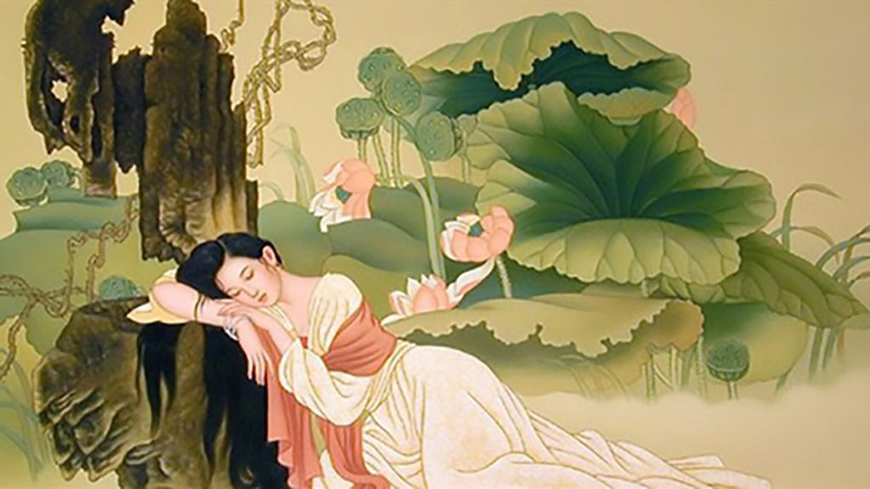
Poetess Ho Xuan Huong (Artist's view !) - Source : Internet
Hô Xuân Huong (around 1772-1822): The Bold Voice
Hồ Xuân Hương, nicknamed "The Lady of Mist Spring," stands out for her boldness. Her poetry, often provocative, addresses taboo subjects like women's condition and sexuality. She is considered one of the first feminist voices of Vietnam, challenging social conventions with a fresh and modern pen.
A feminist ahead of her time, she is regarded as one of the first feminist voices of Vietnam. Admired for her wit, boldness, and poetic mastery, Hồ Xuân Hương remains a unique figure in Vietnamese literature. Her work continues to fascinate readers with its surprising modernity and sharp social critique, all while maintaining a remarkable lyrical beauty.
The golden age of classical poetry has left an indelible mark on Vietnamese culture. Many poems from this period are still recited and studied today, and their verses are often used as proverbs or idiomatic expressions in everyday language. This period established a rich poetic heritage that continues to influence modern Vietnamese poets, even as they experiment with new forms and themes.
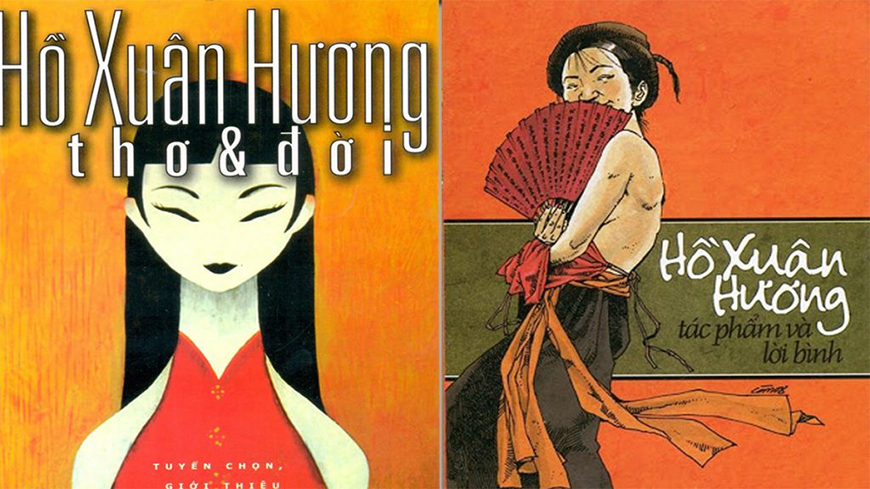
Books of Xo Xuan Huong's poetry - Source : Internet
Modernization (late 19th - early 20th centuries)
With the introduction of the Latin alphabet (quốc ngữ) and Western influence, Vietnamese poetry underwent a revolution, giving rise to the Thơ Mới (New Poetry) movement with its free verse and new themes. Poets like Xuân Diệu and Hàn Mặc Tử were prominent figures of this movement.
War and Resistance Poetry (1945-1975)
During times of war, poetry became a tool of resistance and patriotic expression. Poets like Tố Hữu wrote inspiring works to boost the morale of the people.
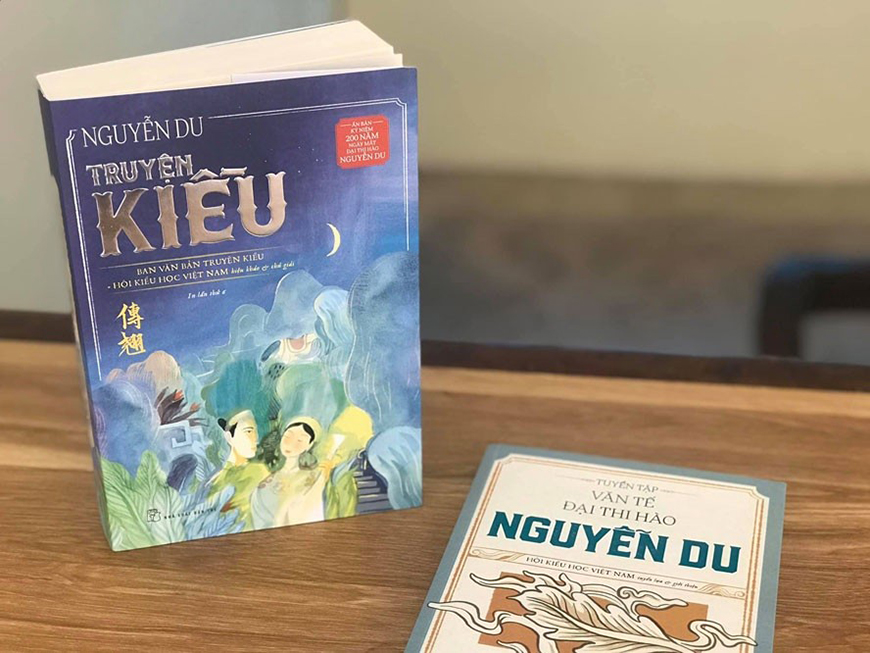
Vietnamese poetry - Source : Internet
Contemporary poetry (from 1975 to the present)
After the reunification of Vietnam in 1975, Vietnamese poetry underwent a significant evolution, reflecting the social, economic, and cultural changes in the country.
During this period, styles diversified, while also seeing a return to traditional forms, with some poets seeking to reconnect with classical forms like the lục bát, infusing them with contemporary themes. Additionally, free verse, popularized by the Thơ Mới movement, continues to be widely used, offering more freedom of expression. Simultaneously, experimental poetry and avant-garde expressions explore visual and sound poetry, pushing the boundaries of poetic expression.
Themes also evolve. Unlike war poetry that focused on the collective, contemporary poetry delves more into individual experiences and emotions. Urbanization and modernity find their way into poems, as globalization opens Vietnam to the world, introducing new influences and concerns into poetry.
Three prominent figures symbolize this period:
• Nguyễn Quang Thiều: Known for his surrealistic imagery and lyrical style.
• Lê Đạt: A leading figure in avant-garde poetry.
• Việt Phương: His works reflect the realities of modern urban life.
► Vietnamese calligraphy: a millennial art in constant evolution
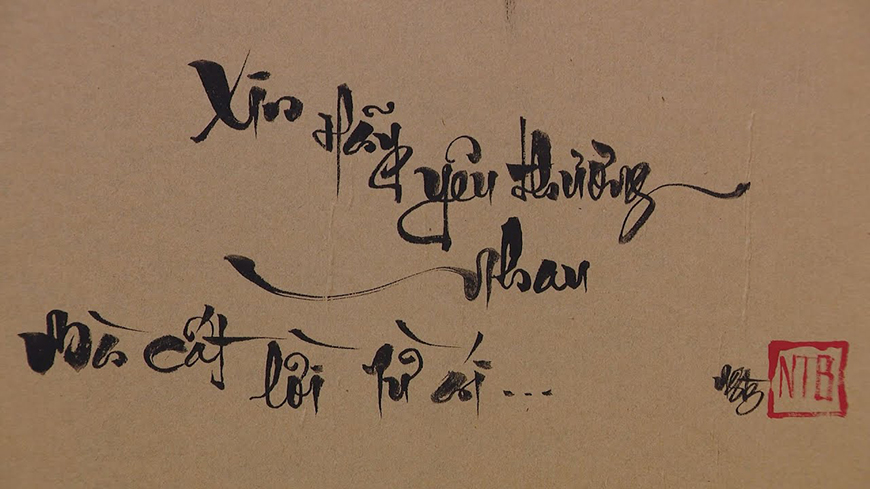
Modern Vietnamese Calligraphy - Source : Internet
Poetry as a mirror of national identity
Vietnamese poetry is more than just an art form; it is the beating heart of a nation. It expresses struggles for independence and preserves culture in the face of foreign occupations. Today, it continues to reinvent itself, adopting new styles and themes, while remaining a refuge for younger generations. It is vibrant in celebrations and rituals—during Tết (Lunar New Year), the exchange of poetic wishes is an important tradition—but also in everyday life, through proverbs, sayings, and calligraphy.
Internationally, Vietnamese poetry acts as a cultural ambassador, with increasing translations and participation in festivals. It fosters intercultural dialogue and inspires artists from diverse backgrounds.
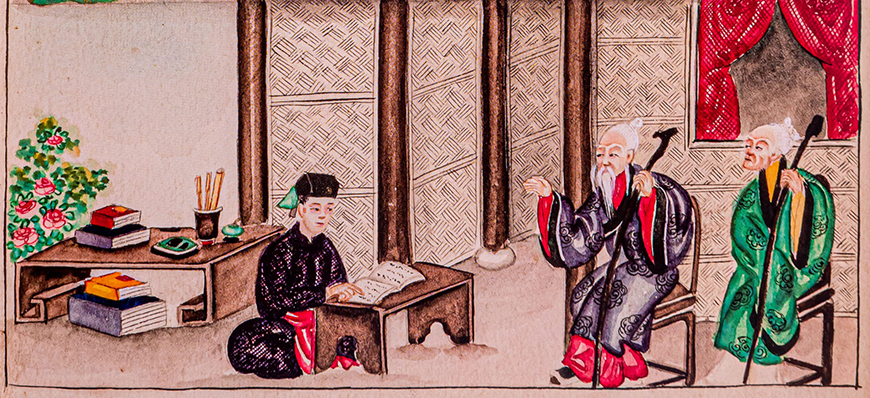
Another section of the artwork that goes with the Luc Van Tien poem - Source : BULAC
Conclusion
In conclusion, Vietnamese poetry is a journey through time and emotions. It continues to captivate and inspire, from "ca dao" sung around a fire to verses shared on social media. Poetry in Vietnam is not just a literary art but a fundamental element of cultural identity. It evolves while maintaining deep connections with tradition, reflecting the dynamics of a society undergoing rapid change yet deeply rooted in its cultural heritage.
All the pictures below come from the Hanoi's Museum of Literature - Source : Mr Linh's Adventures